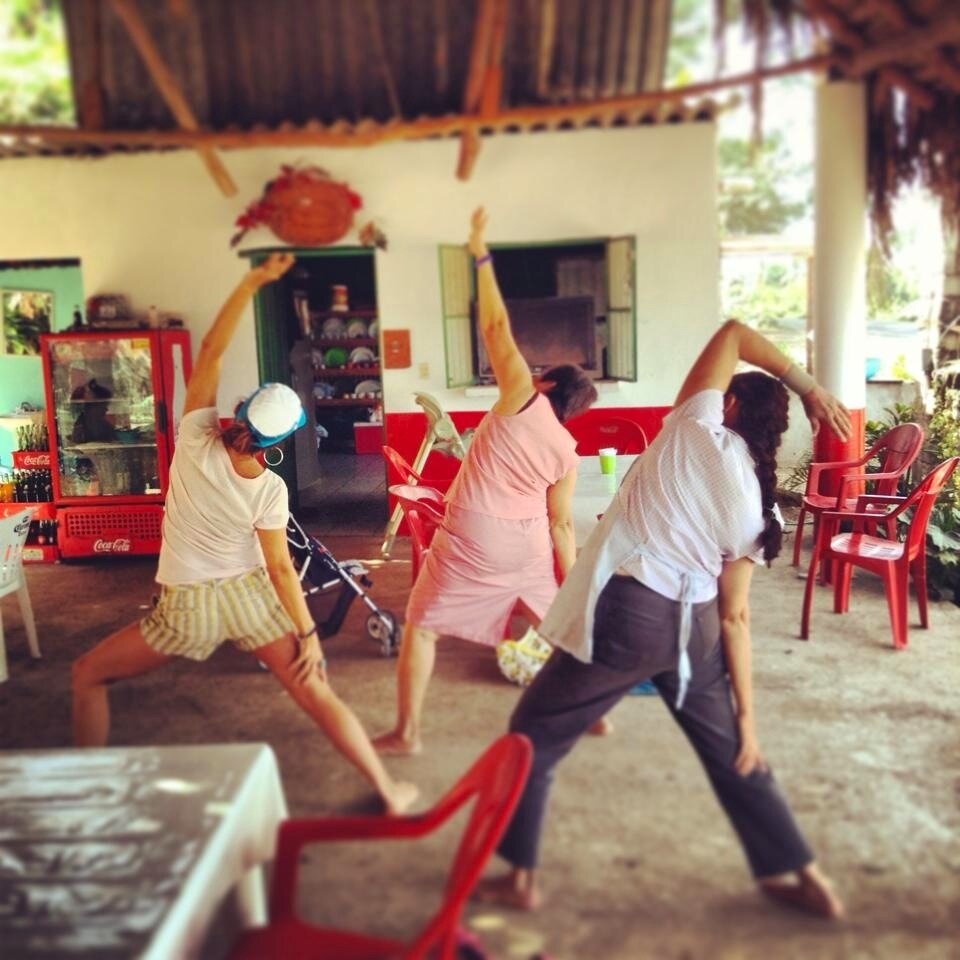
“You have to grow from the inside out. None can teach you, none can make you spiritual. There is no other teacher but your own soul.” ~ Swami Vivekananda

“You have to grow from the inside out. None can teach you, none can make you spiritual. There is no other teacher but your own soul.” ~ Swami Vivekananda